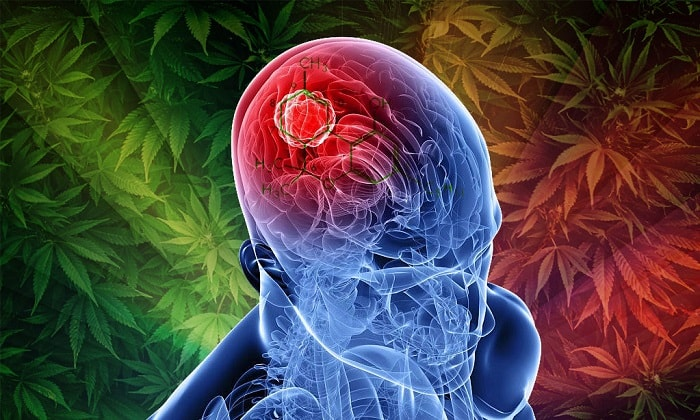Texas Company Develops First Antidote for MJ Overdose
The rapid growth of the cannabis industry and the trend toward breeding strains with higher THC content have had unintended consequences in the United States: the number of emergency room visits for acute cannabinoid intoxication has started to rise. At the same time, these circumstances have pushed researchers to develop new treatments for this condition.
Last week, Texas-based biopharmaceutical company Anebulo announced that it had completed production of a batch of its drug ANEB-001 for use in upcoming human clinical trials. The company introduced its development as the world’s first remedy for the symptoms of acute cannabinoid intoxication.
“We believe that ANEB-001 addresses an important unmet medical need. In the coming weeks, we will begin a Phase 2 proof-of-concept study and expect preliminary results from the first cohort in the first half of next year,” said Dr. Daniel Schneeberger, CEO of Anebulo.
Previous tests of ANEB-001 have shown that the drug counteracts hypolocomotion (slowed initiation of movement) in mice, which is caused by activation of the CB1 cannabinoid receptor by THC.
How ANEB-001 Works
The drug is produced in capsule form, each containing 10 or 20 mg of the active ingredient, which is a competitive antagonist of the CB1 receptor. When it enters the central nervous system, the substance does not displace already activated cannabinoid receptors, but instead seeks out free ones to bind to, preventing cannabinoids from activating them. The drug itself does not cause any changes in mental state.
According to the company, the therapeutic effect appears within half an hour after swallowing the capsules, and within an hour, the symptoms and signs of cannabinoid intoxication are completely eliminated.
Why the Drug Was Developed
Schneeberger emphasizes that modern medicine has a growing need for drugs to treat cannabinoid intoxication. This need has only increased in recent years, due to two key trends in the current cannabis market.
The first trend is industry expansion. More and more states are reconsidering the legal status of cannabis, moving toward legalization. This both reduces the share of the black market and allows the legal market to grow. As a result, new cannabis outlets are opening, new products are appearing, and the number of consumers is increasing. Historical data shows that in 2015, the global legal cannabis market was worth $4.8 billion, and by 2020, it had reached $20.6 billion.
The second trend is the steady increase in THC levels in cannabis strains. A recent meta-analysis found that from 1970 to 2017, the average THC content in each gram of cannabis flower seized by law enforcement increased by 2.9 mg per year, and in each gram of resin by as much as 5.9 mg per year.
In the United States, where both trends are present, the situation has become problematic—cases of cannabis overdose are on the rise. In 2017, about 1.5 million people sought emergency medical help for this reason, and this number is expected to grow by 13% annually.



